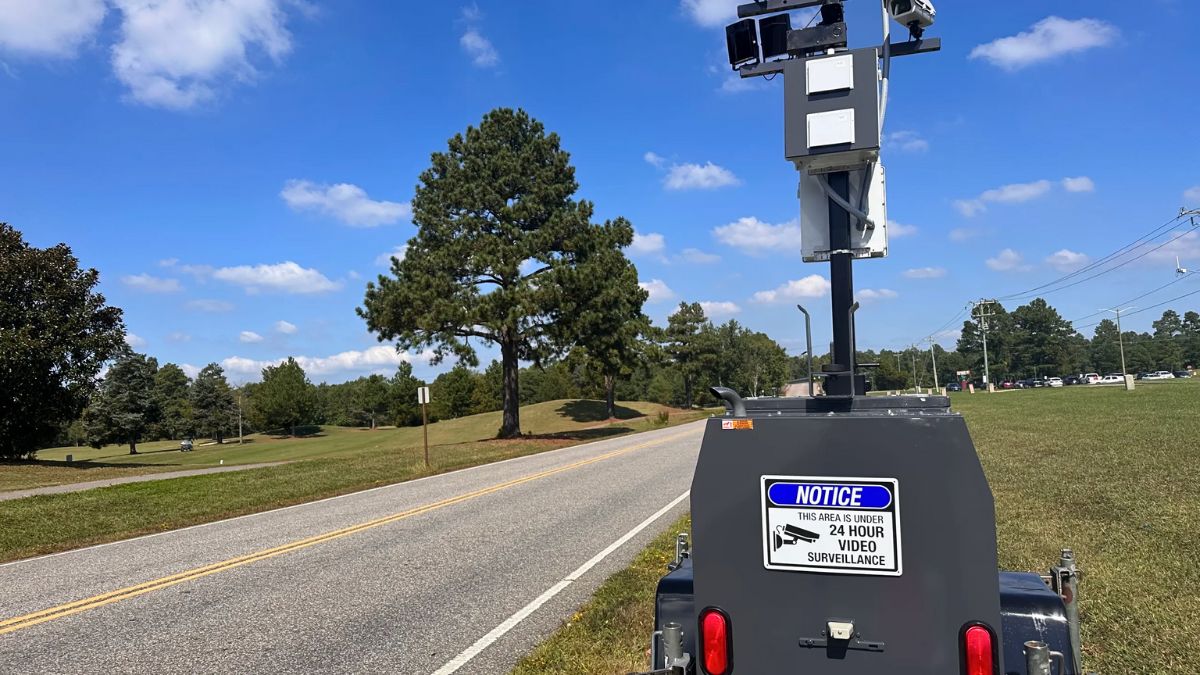Keeping your kids safe in the car goes far beyond buckling them up. In 2025, new U.S. car seat laws are rolling out, and parents need to stay updated. These rules can vary from state to state, but national trends are pushing toward stricter, more child-focused safety measures. If you’re not sure what’s changed or how it affects your child’s car seat setup, we’ve got you covered. Here’s a quick and clear breakdown of what every parent should know.
Ages
One of the biggest updates? Age requirements are more precise. Across the country, laws are aligning closer with expert recommendations, like those from the American Academy of Pediatrics.
Children under 2 years old must now ride in a rear-facing car seat. Many states previously allowed switching to forward-facing at 1 year, but that’s changed. Why? Rear-facing seats offer better head, neck, and spine protection in a crash.
After age 2, toddlers can graduate to a forward-facing car seat with a five-point harness. But don’t rush this step. Many newer laws emphasize that children stay rear-facing until they outgrow the height or weight limits of their seat.
Sizes
It’s not just age that matters. Height and weight now play a bigger role in deciding which car seat to use. New regulations require that once a child exceeds the maximum height or weight for their seat, parents must switch to the next stage.
Here’s a handy guide:
| Car Seat Type | Age Range | Weight Limit | Height Limit |
|---|---|---|---|
| Rear-Facing | 0–2 years | Up to 40 lbs | Up to 40 inches |
| Forward-Facing | 2–5 years | 20–65 lbs | Up to 49 inches |
| Booster Seat | 5–12 years | 40–100 lbs | 38–57 inches |
These guidelines help ensure that the car seat fits your child, not just their age group.
Boosters
Booster seats often get overlooked, but they’re more important than you think. Updated laws now require booster use until a child is at least 4’9″ tall, which usually happens around age 12.
The goal is proper seat belt placement. A booster lifts the child so the belt fits snugly across the upper thighs and shoulder—not the stomach or neck. Without it, seat belts can actually do more harm than good in a crash.
Restraints
One major shift in 2025 is stronger enforcement of seat restraint systems. States are cracking down with higher fines and even license points for non-compliance. Lawmakers are also requiring more detailed documentation from schools and daycares transporting kids.
And remember: even if your child begs to ride without a car seat or booster, it’s not just about rules—it’s about keeping them safe. Think of car seats as crash armor.
Exceptions
Are there any exceptions? A few. Medical exemptions are allowed but require a physician’s note. Some states provide exemptions for taxis or rideshare vehicles, but many are phasing those out.
If you’re traveling, always check local laws. What’s legal in one state might earn you a ticket in another. There’s no nationwide uniformity—yet.
Staying up to date with car seat laws might feel like a hassle, but it’s one of the easiest ways to protect your child every time you hit the road. These new 2025 rules are built around child safety science—not guesswork. And when it comes to your kid’s life, playing it safe is never optional.
FAQs
What age must kids be rear-facing?
Children must ride rear-facing until at least 2 years old.
When can kids stop using booster seats?
When they are 4’9″ tall or usually around 12 years old.
Are car seat laws the same in all states?
No, laws vary by state, so always check local rules.
Do taxis require car seats?
Some states still allow exceptions, but many are phasing them out.
What’s the fine for breaking car seat laws?
Fines vary but can reach $500 or more with points.

















